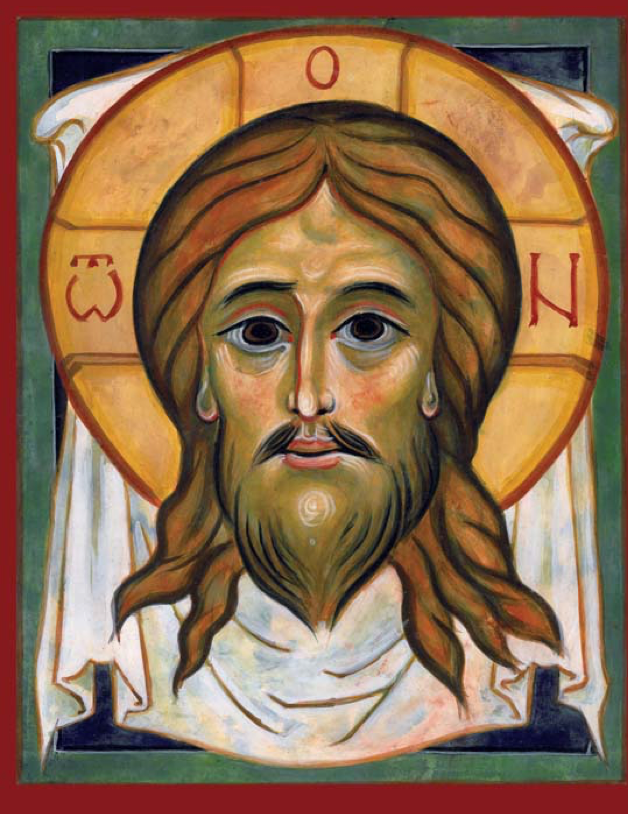
.
.
Here at Pontifex University we structure our courses around three stages of learning:
-
Wonder
-
Intellectual Illumination
-
Praxis
.
Wonder - The Appreciation of Divine Beauty
The first stage is to inspire in the student a natural and personal response to the divine beauty which is present in creation and in the beautiful works of man both in the culture of faith and in the wider culture. This response should be a natural and joyful experience.
.
Intellectual Illumination - Imparting Knowledge and Understanding
The second stage examines how the good, the true, and the beautiful permeate all that exists and are personified in God. More than simply communicating information, this stage aims at forming the intellect to think both analytically and synthetically so that students may be capable of lifelong, independent learning.
.
Praxis (Part 1) - Creating a Culture of Beauty
The first part of Praxis focuses on imitating the most beautiful parts of the culture (e.g. the works of masters) by understanding both theory and method, and on creating original works in art, music, literature, etc., and so contributing to the culture. This is why we offer so many courses that involve the actual doing of the subject – drawing, painting, singing, writing creatively, and so on. It is important that even those who do not intend to be artists, singers, composers or writers take at least a selection of these courses. It is through this practical application that the creative faculty is exercised and developed so that it can be used in the chosen field of the student, whatever that may be.
.
Praxis (Part 2) - Active Participation in the Sacred Liturgy: The Realization of "liturgical man"
The second part of Praxis focuses on teaching students the practice of the worship of God and all that it entails. When students take these lessons to heart, participation in the liturgy becomes the ultimate act of creativity by which they enter into the mystery of the Trinity and by grace participate in the creative love of God.
Most modules and classes will have their greatest emphasis on one of the three stages listed above. Nevertheless, these stages can never be completely isolated. Hence, every subject, module, and class will be taught so as to take the student through these three stages in microcosm.
.
An Example
The following illustrates how the three stages of learning would be realized in a class on the visual arts:
-
Highlight the very best examples and explain how the form and the content are a reflection of the worldview of the artist and the society that produced them. We begin with the highest forms of Western culture so that students appreciate first the universality and goodness of form as a reflection of goodness and truth.
-
Examine examples that reflect non-Catholic and even non-Christian worldviews and show how form and worldview are connected and highlight those parts which are consistent with Truth and those which are not. We would look especially at the forms of Western culture from the Enlightenment to the present day for these examples, as well as those of non-Western but religious cultures, such as Islam.
-
Consider how someone in the present day might approach the re-establishment of a culture of beauty that would participate in the timeless principles of goodness, beauty, truth, and unity, and that would engage modern man.
.
Our online programs are complimented by optional workshops, seminars and in-residence classes offered in the United States, the Holy Land, and Italy. In addition, students can "apprentice" with accomplished artists to complete studio practicums at locations convenient to them.




